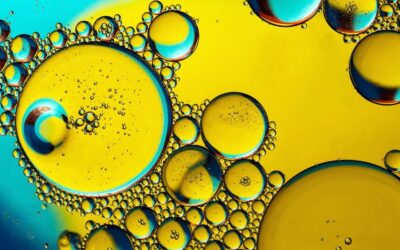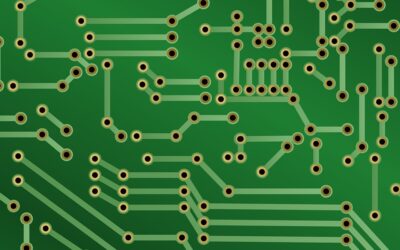![]() Personal and mobile computing, communicating via wireless data links, is now a part of everyday life. Most wireless communications use microwave data links (such as WiFi), but these are running out of bandwidth, particularly in conditions where there is a high density of users sharing a single transmitter. Visible light communications (VLC) is a promising new technology which could offer higher data transmission rates, exploiting the maturing technology of LED lighting. The basic idea of VLC is to use white LEDs for both illumination and data communications, by modulating the power of the LED with a stream of data at very high frequencies.
Personal and mobile computing, communicating via wireless data links, is now a part of everyday life. Most wireless communications use microwave data links (such as WiFi), but these are running out of bandwidth, particularly in conditions where there is a high density of users sharing a single transmitter. Visible light communications (VLC) is a promising new technology which could offer higher data transmission rates, exploiting the maturing technology of LED lighting. The basic idea of VLC is to use white LEDs for both illumination and data communications, by modulating the power of the LED with a stream of data at very high frequencies.
The most common approach for LED lighting is to use phosphor converted white LEDs. In this approach a blue InGaN LED is coated with a color-converting phosphor that absorbs a fraction of the blue light and re-emits at longer wavelengths, making the light source white. Such phosphor coated LEDs can operate at high efficiency and brightness, but the long excited state lifetime of the phosphors restricts modulation frequency and hence the possible data transmission rate for VLC. There is therefore currently a strong need for alternative materials for fast color converters which can combine high illumination performance with short PL lifetimes.
Organic semiconductors offer many potential advantages as a novel color converter for VLC due to their visible band gaps, short radiative lifetime and high photoluminescence quantum yield. Given this, new research has focused on the study of two families of star-shaped organic semiconductors based on boron dipyromethene (BODIPY) cores as alternative color conversion materials for visible light communications. Their short excited state lifetimes (< 6 ns) compared to commercial phosphors materials (~0.6 µs). provide a route to overcome the current data transmission bottleneck. As a result, it was possible to achieve modulation bandwidths (~ 39 MHz) and data tranmission rates (~ 100 Mbits/s) more than 8 times higher than those measured using a conventional phosphor color converter used for LED lighting.













